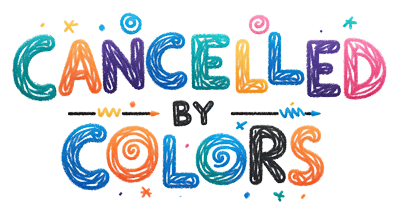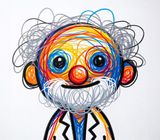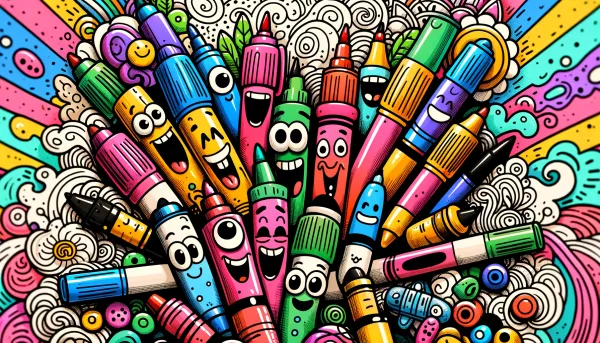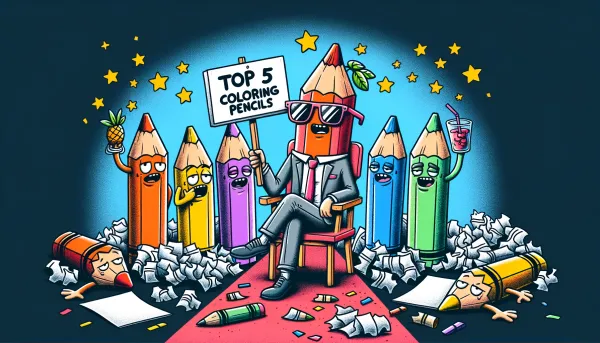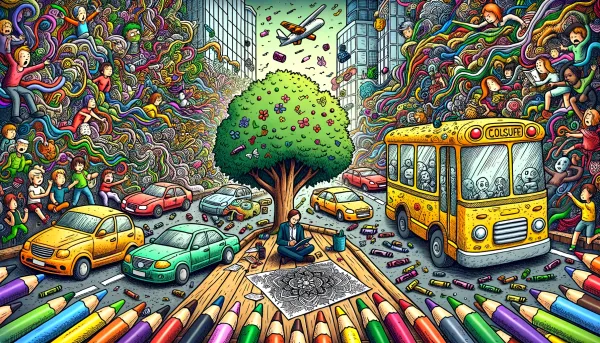How Coloring Stimulates Brain Health (The Neurological Link)
Engaging in coloring activities soothes neural pathways while providing an enjoyable mental workout.
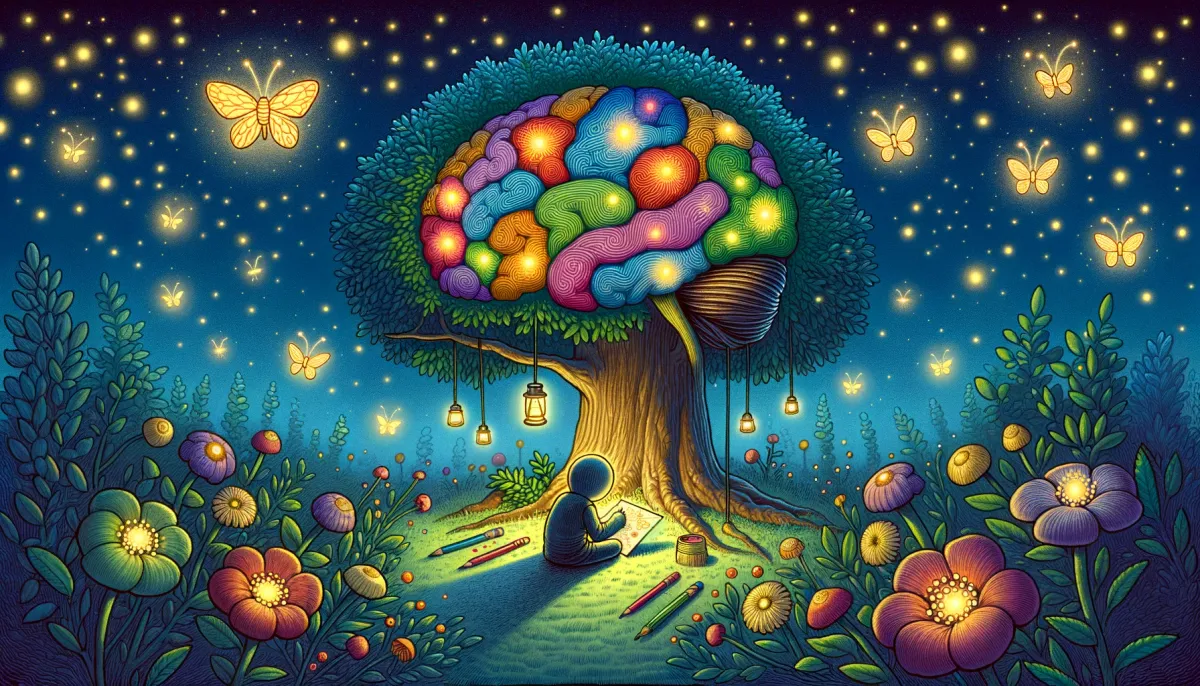
What may come as delightful news is that indulging in a bit of coloring therapy is like throwing a party for your brain - no, seriously!
Coloring's intricate yet playful nature makes it an enjoyable activity that allows your mind to let loose, energizing and soothing neural pathways all at once. Trust us, when we say that your brain adores those vibrant hues and elaborate patterns. Our brains get a nice treat when we indulge in this way.
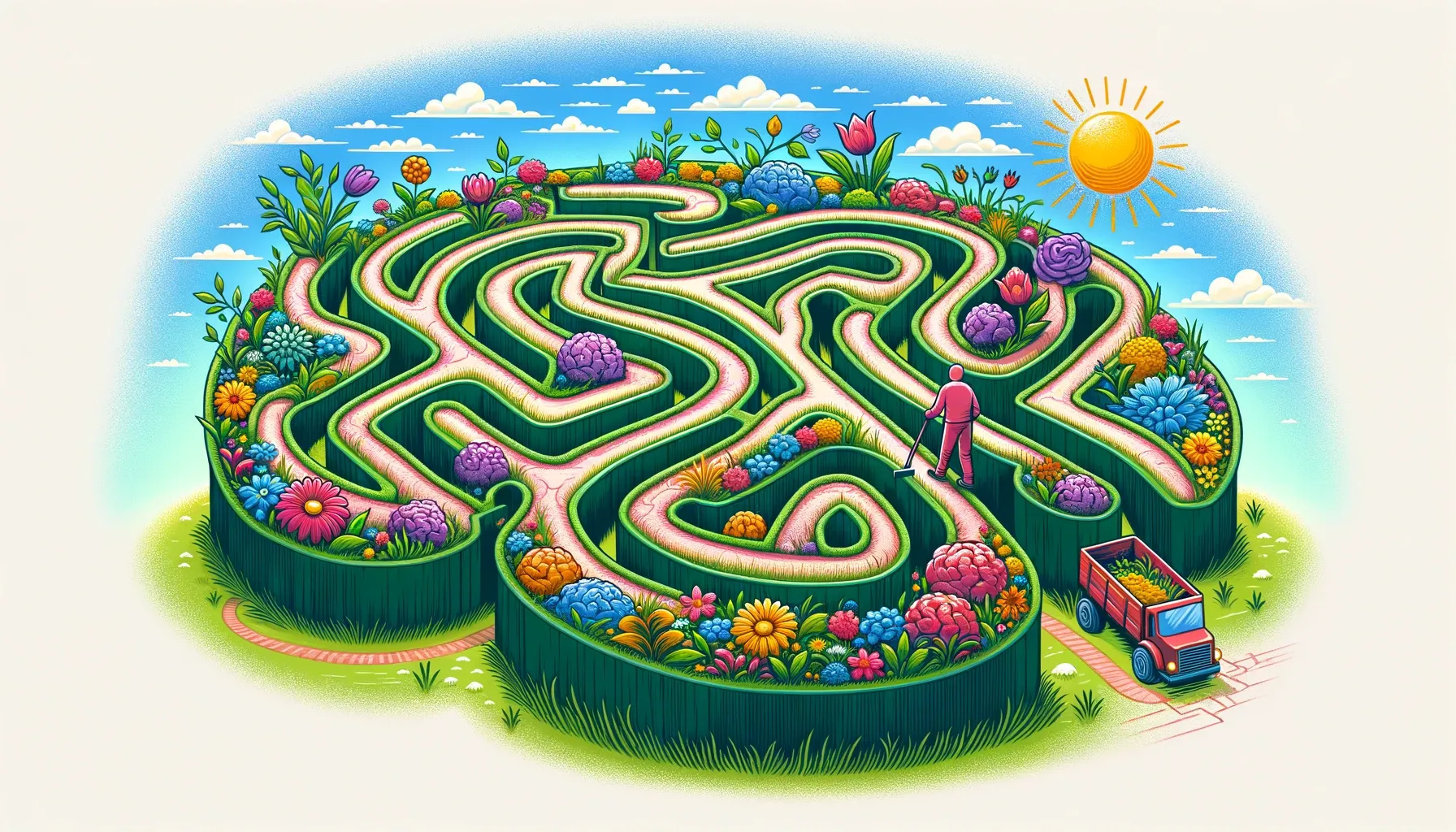
The Surprising Brain Benefits of Artistic Expression
But don't go dashing off to your coloring books just yet - we have more to share.
Colors, patterns, and artistic expression don't just offer you a momentary escape from everyday stress – they are also associated with long-term brain health benefits.
So, the next time you're scribbling away in your coloring book, you can do so with newfound appreciation for the real neurological impact it has on your noggin.
💡Key Takeaways
- Coloring provides a captivating mental exercise that promotes relaxation and cognitive wellness.
- Engaging in coloring activities soothes neural pathways while providing an enjoyable mental workout.
- Regular coloring offers more than just a stress-relieving escape, it supports long-term brain health.
The Coloring Experience

Ah, coloring. Remember the good ol' days when we all huddled around a box of crayons in our kindergarten classroom?
Little did we know, our neurons were having a party in our brain. Let's take a trip down memory lane and explore how coloring is a total laugh riot for our brain's health.
Dancing Neurotransmitters: How Coloring Boosts Serotonin Production
When we color, our brain's neurotransmitters get all excited and start doing the tango. Serotonin, our trusty mood stabilizer, increases its production during coloring sessions.
Feeling happy?
You can thank Mr. Serotonin. He's just doing his job, making us feel all warm and fuzzy inside.

GABA: The Calming Waltz of Our Brain While Coloring
Now let's talk GABA. We all have that friend who's our calm rock during a storm, right?
Well, just like that trusty friend, GABA is our brain's natural tranquilizer. As we color, GABA taps on the shoulder of our overstimulated neurons and whispers, "Hey, take it down a notch."
And together, they dance a slow dance to our coloring rhythm.
Butyrate: The Unsung Hero Guarding Our Gut and Brain Health
Butyrate, just like a well-balanced meal, is essential for maintaining our gut and brain health. Though it doesn't sound very appetizing, butyrate helps decrease inflammation, which is usually a party crasher for our neurons. Basically, it's the bouncer at our brain health's exclusive club.
Tryptophan: More than Just a Turkey Day Guest, It Fuels the Serotonin Fiesta
Tryptophan is the final character in our ragtag team of brain boosters.
Known vaguely as a sleep-inducing Thanksgiving companion, tryptophan actually plays a vital role in the production of serotonin. In other words, it's the fuel that keeps Serotonin's party going strong.
So there you have it, comrades.
We've explored the behind-the-scenes crew that keeps our coloring party going strong. Our brain health is a delicate balance, and with the help of our neurotransmitter friends, coloring can be a blast for both us and our neurons.
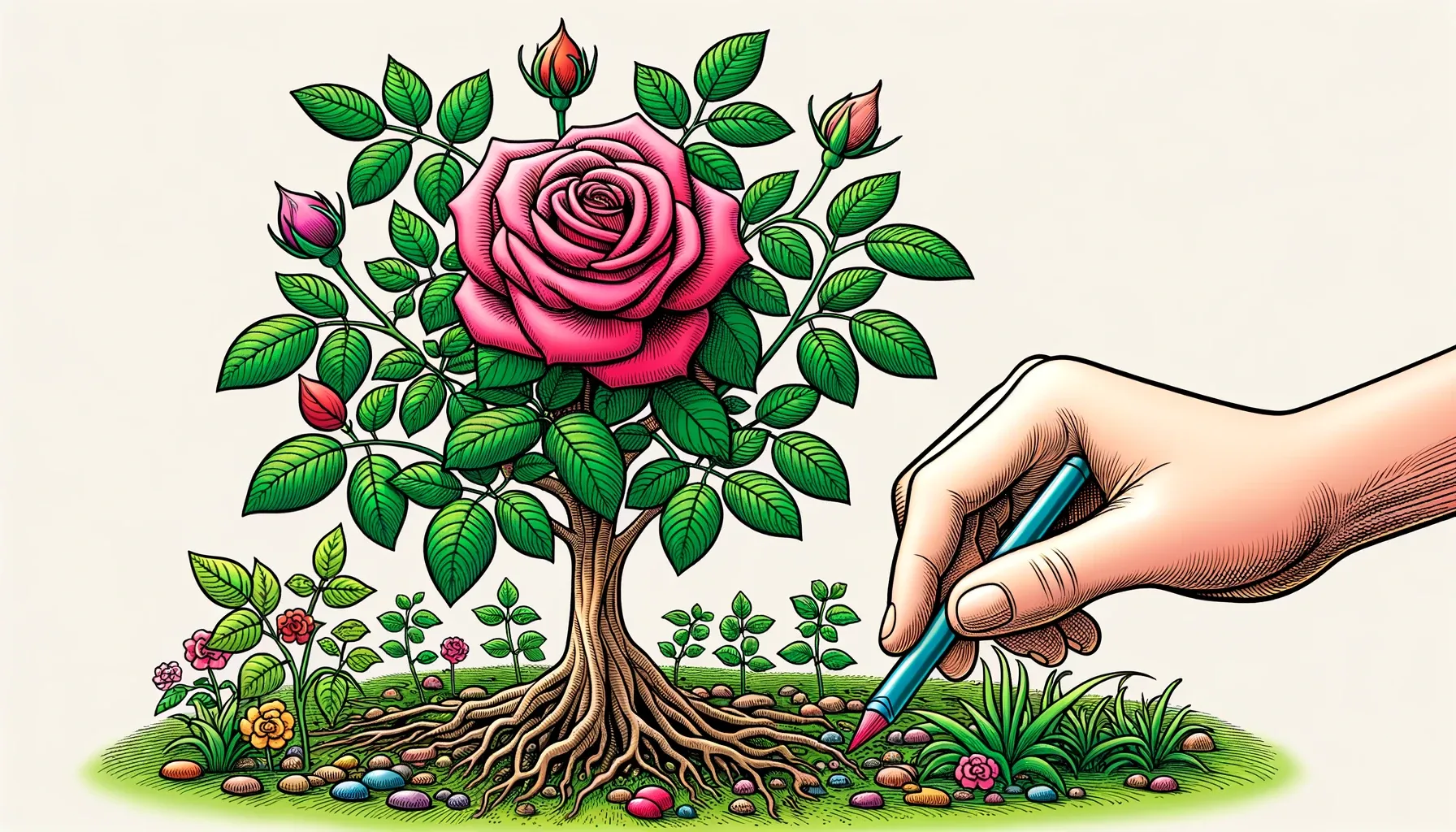
The After-Effects: Cultivate a Garden, Not Weeds
You might be wondering, "How can our brain be compared to a garden or weeds?"
Well, dear reader, let's dive deep into this lush metaphor that connects art therapy, especially coloring, to brain health. And just to clarify, we're not suggesting you start planting flowers inside your cranium!
Think of your brain as a thriving garden.
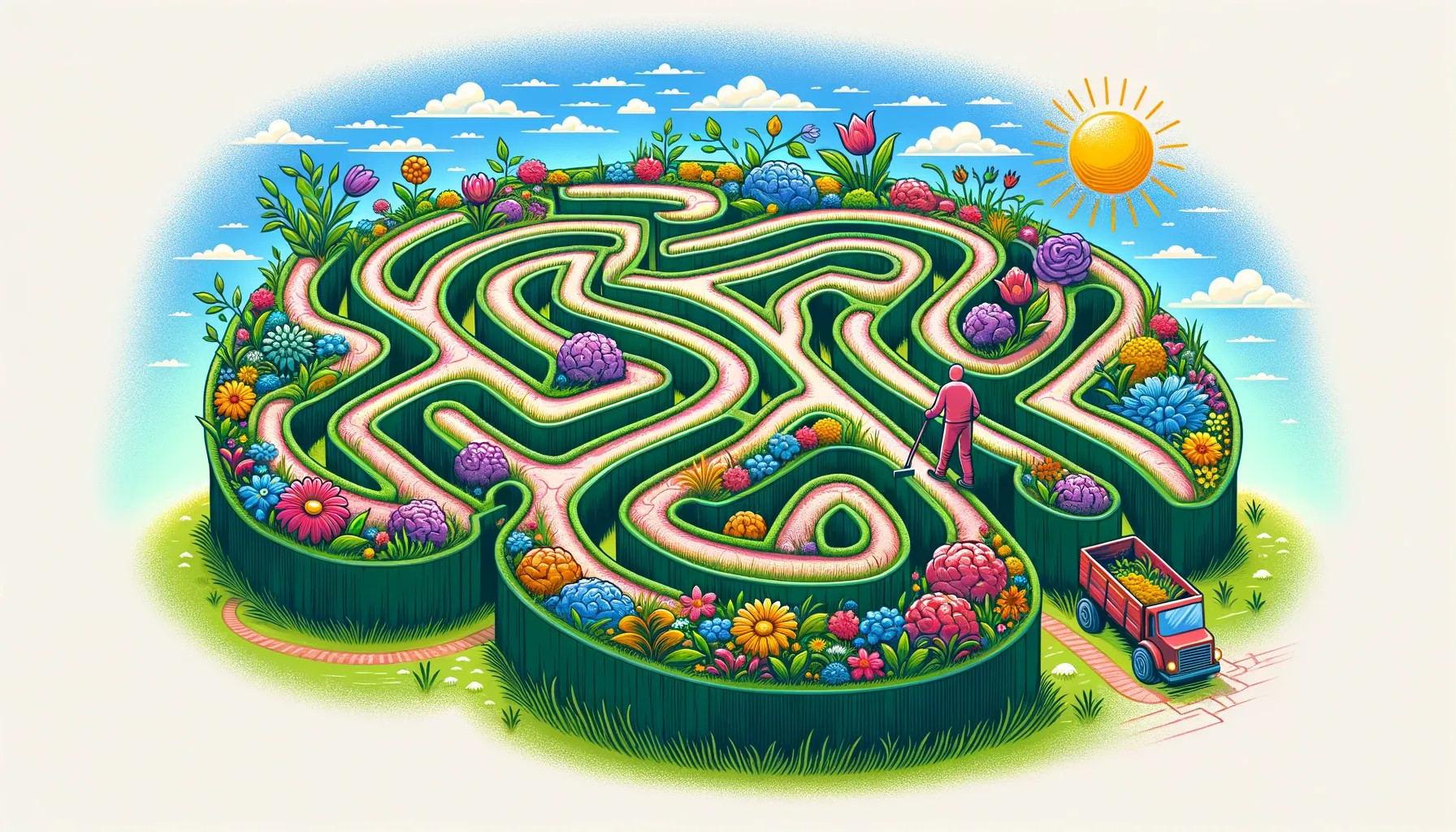
When it's nurtured and cared for, like when we engage in creative activities such as coloring, it blossoms beautifully. Vibrant flowers bloom, signifying the neural sparks that dart between neurons, enhancing our cognitive abilities.
However, just like any garden, our brain can be threatened by weeds. These pesky intruders symbolize cognitive inflammation—one of the more detrimental side effects of poor mental health.
How Coloring Removes the Weeds of Cognitive Inflammation
Coloring, with its tactile and visual stimuli, acts like a dedicated gardener, carefully removing those weeds and preventing them from causing havoc.
Just as you wouldn't want weeds suffocating your favorite rose bush, you don't want lingering cognitive inflammation (also known as neuroinflammation) choking the health of your brain. While you might not see the vibrant flowers immediately, trust us, your brain is silently blooming in gratitude.
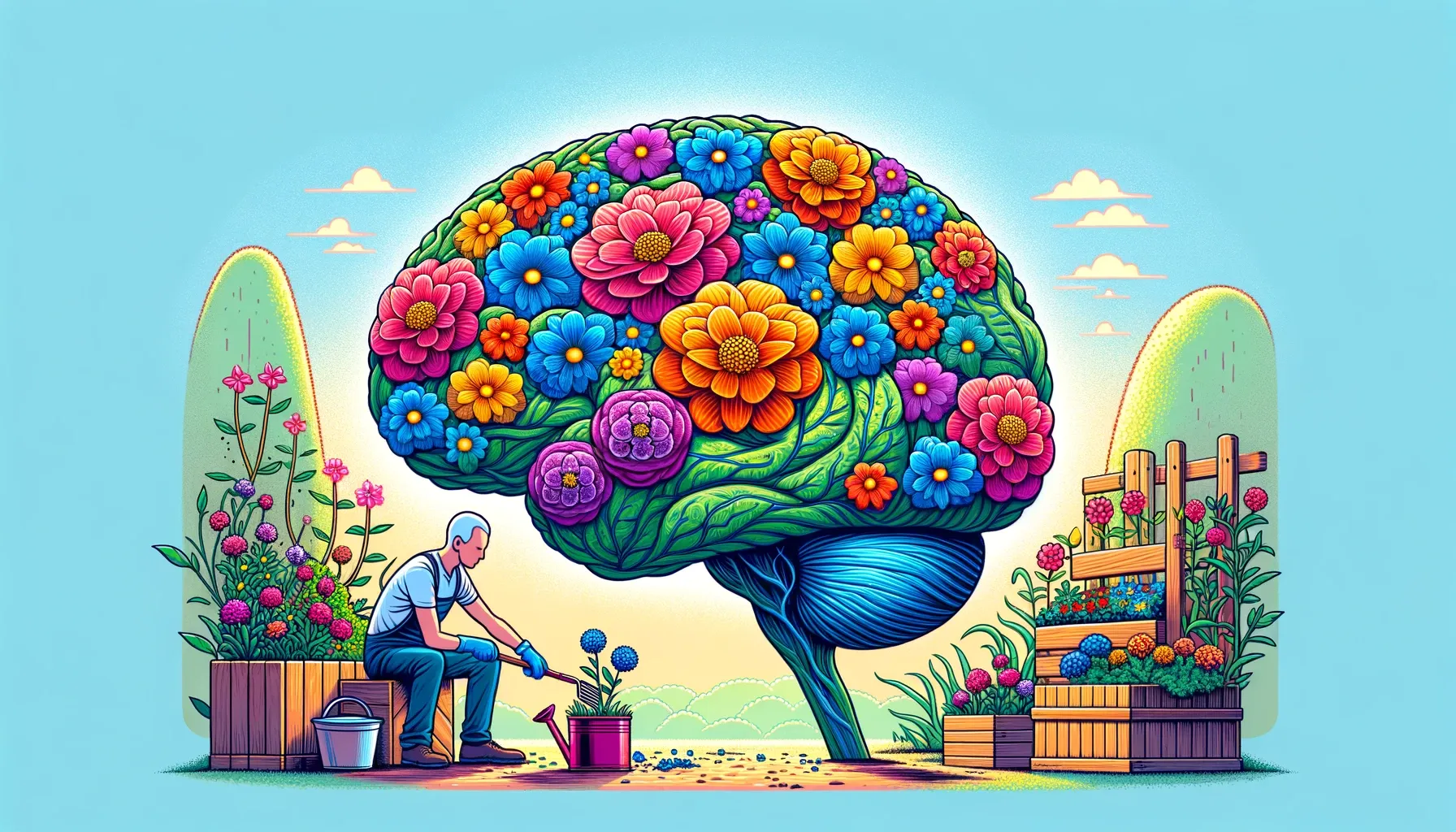
To summarize the essence of our analogy:
- Garden
Represents the flourishing of cognitive energy and improved brain function through coloring. - Weeds
Signify the detrimental effects of inflammation on brain health that can be curtailed through creative activities.

Closing Thoughts
Now, we're not claiming coloring will turn you into the next Einstein, but the evidence shows it does pack a punch in the brain health department.
So wherever you are, whip out those coloring books and give your brain a recharge—race with a battery instead of a needle. After all, a colorful brain is a happy brain.
